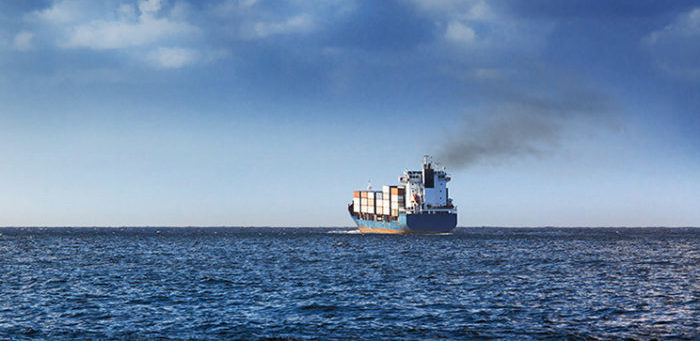Marine insurance company Skuld reminded Operators that from 1 January 2018 the EU Regulation 2015/757 became fully effective, which is also known as the Monitoring, Reporting and Verifying Regulation (MRV Regulation).
The MRV Regulation applies to all vessels, greater than 5000 GT, conducting commercial voyages into or out of, or in-between EU and EFTA (Norway and Iceland) Ports of Call. A Port of Call is a place where a vessel loads or unloads its cargo or embarks or disembarks passengers. i.e. vessels arriving, departing or sailing between ports within EU / EFTA to load / unload or embark / disembark passengers. Such a voyage will be known as a Reportable Voyage. There are some exceptions as to vessel types, including warships, auxiliaries, fishing and fish processing (generally non-commercial voyages).
The MRV Regulation aims to monitor, report and verify CO2 emissions from maritime transport and is part of wider EU initiatives to better understand and reduce greenhouse emissions from shipping. To do this, operators must do the following:
- Each vessel must have a monitoring plan to monitor CO2 emissions and fuel consumption as well as other relevant information to assist the EU.
- The second step is to report that which has been monitored. The annual report consists of the totals of emissions and other required measurements for all voyages which fall within the scope of the regulation.
- Once the data is collected and reported, it must then be verified. Such verification must only be done by third party accredited verifiers. Typically we are seeing classification societies who have been given the accreditation. Once the reports are verified they will then be submitted to the EU THETIS MRV platform.
It should be noted that MRV Regulation is compulsory, although it will be down to operators to implement within their own domestic legislation how compliance is ensured.






























































